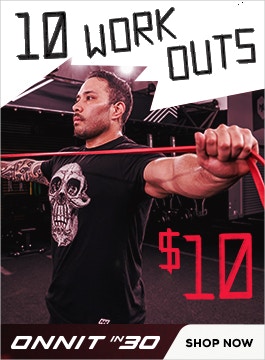As great as winning feels, it doesn’t teach you anything. Only by losing can we learn what we need to correct going forward, or, in some cases, what our true purpose is. An injury brought Ryan McDonald’s collegiate track career to an end, but it inadvertently led him to Onnit, where he now explores his two greatest passions—fitness and technology—as a Full Stack Developer on our web team.
Chief Fitness Officer John Wolf interviewed McDonald for our Onnit Stories series, in which we talk to different people with inspirational stories live on video. See below for the interview and an edited transcript of some of the highlights. You can stay up to date with Onnit Stories by following Onnit’s Instagram TV (IGTV), where a new one appears every Wednesday.
John Wolf: Ryan, you’re an important part of our tech team, and tech’s contributions don’t get celebrated publicly as often as they should. But I think it’s important that we highlight the people who are quietly contributing in the background to all the awesomeness that shows up on our website. Please tell us about your role at Onnit.
Ryan McDonald: I’m part of a team that supports the systems that our customers use to purchase products—basically everything that you see when you go to onnit.com. If alarms go off and something’s wrong, our team gets notified, and we’ll jump in and get on it.
You guys keep the whole machine working, and put in a lot of late nights doing so. It’s easy for us to take for granted that the website just functions—most of us don’t have to worry about it much—but it takes a team to keep everything running.
We’re always stressed when we have to prepare for a product launch. Recently, we launched the Onnit 6 Challenge page. It went up around midnight, so I had to be up to make sure it launched OK. But it’s fun work. I’m not only an employee, I’m also a member of the Onnit Tribe. I like to interact with the other members and give some feedback as far as workout advice, or whatever people are talking about.
How did you come to Onnit originally?
I’m originally from El Paso. I moved to Austin in 2016, and I started working for the state. I fell off the fitness wagon for a while. I was getting sluggish, eating late at night, partying too much, and I felt like I needed a change of pace, so I joined a local self-defense gym. They had some Onnit steel maces. Pretty soon it was like I was seeing the Onnit name everywhere. I think I had even been one of the original trial members when Alpha BRAIN® first came out [laughs]. The brand had been a part of my life for a while without my even realizing it.
I needed a change in my career, and I saw that Onnit was hiring. I put in an application, and I got hired in 2019. Fitness was always something I loved. I went on about a 16-year hiatus from it, but when I got to Onnit, it provided the perfect blend of technology and working out. I started getting my teammates to go to Onnit’s gym with me. That first workout back, when you haven’t worked out in a while¦ I’ve been there [laughs]. I always try to get at least one team member to come work out with me. I’m like, “You gotta suffer with me, man.” [Laughs]
As you said, you’re a member of the Onnit Tribe, which, for those who don’t know, is our private Facebook group where we interact with a lot of our customer base who are participating, oftentimes, in campaigns like the Onnit 6 Challenge. The Challenges are six-week life transformation courses where the community bonds together and shares the kind of experiences that you, Ryan, said you like to have in the gym with other tech team members. We’re kicking off the next Onnit 6 Challenge at the start of September.
Yeah, man, I’ve seen the progress of the different Tribe members, and my hat’s off to them. I’ve seen that thing grow from when we first launched to what it is now, and it’s just taken on a life of its own.
When new employees start and they’re curious about the gym, you’re always the first to offer to take people over there and help show them what we have to offer. Is it because you get a kick out of knowing how sore they’re going to be after that first day? [Laughs]
I like knowing somebody is going to have a good workout, but also that I can help somebody do it consistently. I want them to know that I’m always going to be there. I like showing new people what I like to do, as well as how important it is to listen to your body. I’m not the guy that goes in there and tries to bench 300 pounds on those days where I can’t. I do what I can consistently, and I’ve felt awesome just from doing that. That’s better than going really hard right away and just burning yourself out in the first week.
I love competition in the gym, but friendly competition, where you’re not going to blow a hamstring or something. I like a little bit of motivational smack talk, where you’re basically saying, “I know you can push it a little bit more, so just hang in there.” And the other person will say the same to me. I love showing the employees that Onnit is one big unit, and it’s always OK to walk over and ask a question. I like showing them how easy it is to talk to people here.
Sometimes the hardest part for people is just taking that first step, so it’s great to have somebody willing to facilitate that process. But I think you hit the nail on the head with the idea that the goal shouldn’t be to do the most beastly workout you can, because the cost for that might be way higher than it’s worth. How have you learned to make fitness more sustainable?
I have to give you credit for that, John. You’ve shown me how to listen to my body and take rest days where I need them. That’s what Onnit promotes—sustainability with your body. I’m not here to compete for world records or anything. I’m just here to live a healthy life. I’ve done a lot of reflection to grow mentally and physically; I’ve gone through therapy just to see what my whole life is about—what I’m here for. It feels so much better when you can connect physical strength to mental strength, to not quit on something. It’s such an accomplishment when all that comes together, and then you want to share that idea with everybody.
I know a lot of guys, particularly, have a hard time coming to terms with a holistic approach to self-improvement. But challenging yourself to find how your actions align with your greater purpose is something we really celebrate at Onnit.
It’s always tough to look at yourself and admit that you’re not great at something and need to work on improving it. We’re always like, “I’m really good at this, so I’m going to keep doing this.” But the trick is to learn what you’re not good at and not be afraid of not being good. You have to work on that while you’re still good at those other things. But a lot of us don’t like to look at ourselves and see what’s really inside there, what makes us tick and why we do certain things. But I’ve learned a lot about all this stuff, just digging deep inside, and then applying that to physical fitness, because I think everybody can benefit mentally from working out.
Yeah, if the benefit of being in the gym is only measured in the gym, then what is the real ROI of working out, right? But if the challenges we face in the gym help shape the way we face challenges at home, interpersonally, professionally, etc., we should be able to draw strength from them, and become aware of where we need work.
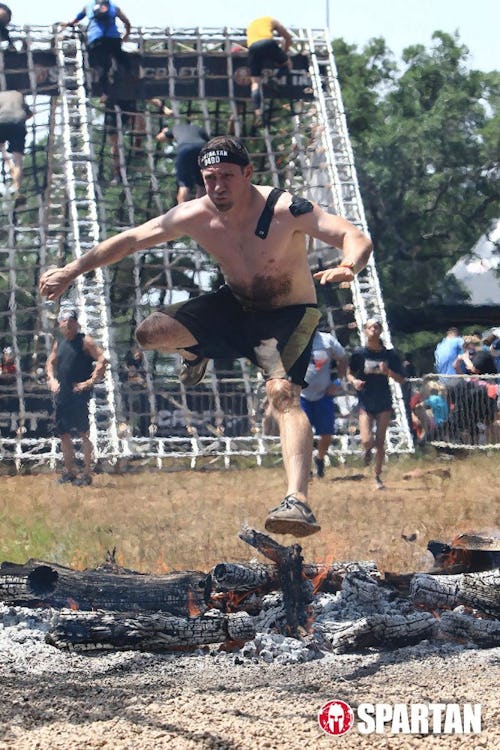
I’ll tell you a story. I was running track at University of Texas, El Paso. I got hurt, and I almost felt like I failed at my collegiate career. I had to take a step back and figure out what I was going to do from there. I think learning how to lose, it helps you to learn how to win later on. That’s the thing that makes you appreciate everything else. It helped me find my career path with technology.
I ended up transferring schools. I’m like, “All right, let me focus on my career, computer science.” That turned out really well for me, but, for a while, it caused me to fall off with my working out, and that’s when I was like, “All right, now I need to reflect on myself again, because I feel like I’m not being authentic.” I don’t like that feeling of being inauthentic. So I refocused, and that’s when I found Onnit, which allows me to combine my two passions of technology and fitness. So you have to learn how to lose, appreciate when you are winning, and try to maintain that balance and take it to the next level.
It’s not easy to accept a less than optimal outcome, is it? At the moment, it can feel like an ego death. Like you said, you were a track athlete, and then you were injured, and you couldn’t pursue that any longer. But those losses aren’t necessarily losses—they’re just opportunities to redefine where we want to place our energy and focus. For you, that meant getting your computer science degree, and it got you here to Onnit.
At the time, it felt like the end of the world. I went from training with Olympians to changing schools. I lost a lot of my track friends—they stayed at University of Texas, and I went to New Mexico State. But I wanted to make the best of it. Since I was seven years old, I’ve wanted to be a programmer. So I made the best of it and it was fun. I still love to program and I still love to work out. So I get the best of both worlds at Onnit.
The path is never straight to where you end up. I’ve done so many different things over the course of my work history. I draw strength from all these different experiences that maybe didn’t make sense at the time but serve me now. It’s important to have faith. As long as you take continuous action toward improving yourself and pursuing your passions, you’ll end up in a place that is going to be pretty awesome.
So, you were familiar with the Onnit brand before you came to work here. Now that you’ve been here a while, which of Onnit’s values resonate with you the most?
The holistic view of fitness. I think of Onnit as a way to get where you’re going, unconventionally. For example, the steel mace, or the steel clubs. The first time you look at them and it’s like, “Oh, what is that guy doing with that thing? I’ve never seen that before.” And then you try it out and you’re like, “Oh, all right. I can see where I can integrate this into my workout.” I love how Onnit gets you to integrate the mental and physical, and how it’s about making friendships and supporting each other and being positive.
How does it feel to be a coder for Onnit? How connected do you feel to the outcomes that we create?
One of the cool parts about my job is I get to see the products from beginning to end, when they’re finally launched. From the drawing board to when they’re up on the site. If it’s a food product, I can get in on the initial taste tests, so it’s lots of fun. I had never been part of an e-commerce company where I could see the products getting developed and then going out there, and then the whole office celebrating after they’re launched. It doesn’t really feel like work; it feels like family.
At Onnit, everybody says hi to each other. They eat lunch together, and go to the gym together. I think some people might be intimidated by stepping into the gym, because we have people like Juan Leija in there—giant guys. But I’m like, “No, come on, man. Just get in there. I’ll show you around the gym and show you what they’re doing.” I tell people, “Don’t be shy to walk around; it’s your office too.”
I think that goes for our online community too. In the Onnit Tribe, we’re trying to create this nurturing environment where you can challenge yourself and get the support you need to bridge the gap between where you are and where you want to be.
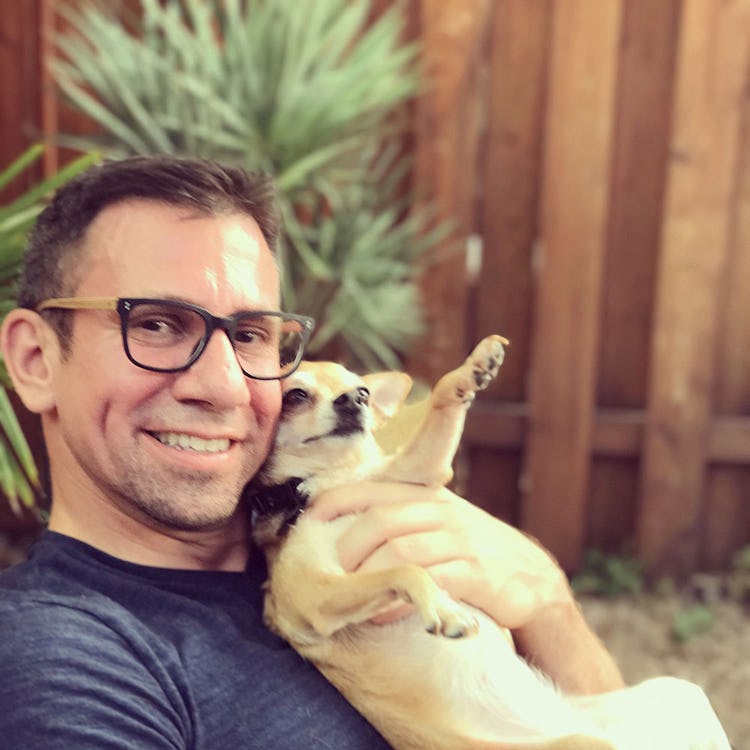
Yeah. I have a coworker that I brought into the gym one time. He made it through the warmup in our workout and then said he couldn’t do it anymore. But he came back the next week and he finished the whole workout with me. I was like, “That’s what’s up, man.” That’s what it’s all about—not being afraid to come back and finish what you started. To be able to walk away from it, not go off crawling.
So you’ve been saying that you’ve been a part of all these product launches. What are your favorite Onnit products?
My go-to is Shroom Tech® SPORT. I take that before workouts. I also take creatine and glutamine. I’ll do a protein shake in the morning, but I have to tell you, man, Shroom Tech® SPORT¦ I tell everyone, “You need to get on this thing.” It helps endurance, and helps you recover. The effects are noticeable for me, anyway.
I think you have to have a little familiarity with your limits before you can really understand how a supplement benefits you. If you know where you usually start feeling fatigued, then you can see how something like Shroom Tech® SPORT can really make a difference.
I’m a science nerd, so I always look at my heart rate and all that stuff when I’m pushing it to the limit. I look at my previous workouts, and I compare all that stuff. So I know when something is making a difference.
It’s time to take some questions from the viewers. “How do you balance work and gym time?”
I set my schedule to make time for myself, and that includes time at the gym. I block out my calendar. That’s how I’m able to keep it consistent. That’s the good thing about working remote, and working with technology—as long as you get your work done, you don’t have to burn your eyes out in front of the screen all day. You can make time for the gym.
It’s important for people to understand, that if you don’t put your workouts on your calendar as a priority, they’re probably not going to find a space in your daily life. There will always be more demands, so setting those boundaries and parameters and committing to them is key.
What’s your favorite Onnit workout tool?
Probably the 15-pound steel mace. It’s deceptively hard when you use it right. You have to grip it so you feel like you’re popping its head off—that’s the kind of tension you need to apply to it. That changes the game completely. You can do so many things with the mace.
Here’s an interesting one, and just to prove that we don’t shy away from the tough questions, I’ll include it. “What’s your least favorite thing about working at Onnit?”
Right now, not having everybody in the office. I miss my coworkers who are working from home; it’s so much more fun when everyone’s here.
Here’s a random one. “What’s your favorite flavor of chicken wing?”
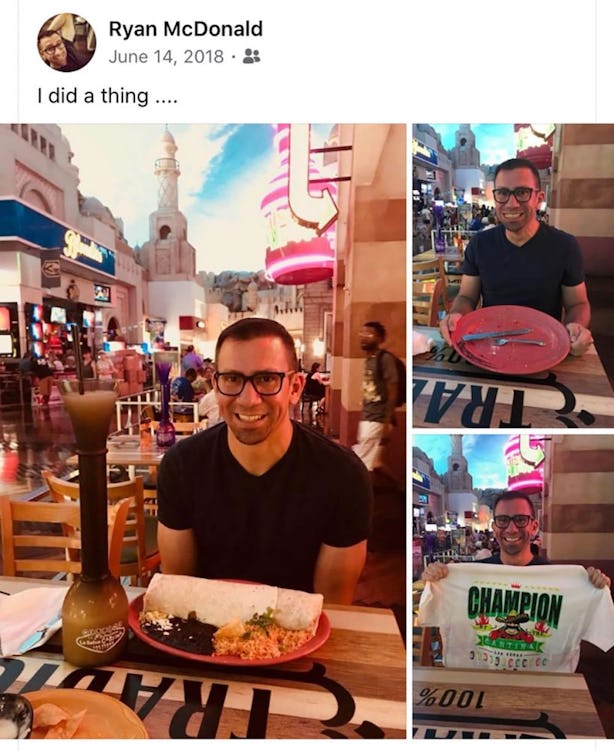
So there’s a chicken wing place down here in Austin, and I recently tried the hottest ones they make. I had a rosacea outbreak that lasted three days afterward. I was just all red, like a rash. That was one week where I decided, “I’m just going to work from home this week.”
Here’s someone saying that they quit their computer science degree and regret it. What do you think would be a good path forward?
It’s never too late to restart a degree. Once you learn the fundamentals of computer science, you can kind of adapt to anything else that’s newer. There are always short courses, like 24 weeks or something like that, that might get you started. Then maybe you’ll land at a company that will offer you the chance to go back to school to get your full degree. That’s what I would do.
Is there anything you want to say in parting?
I was just going to throw a shout out to the Tribe and say that if you guys see me in there, just say, “What’s up?” I’ll be popping in there once in a while.
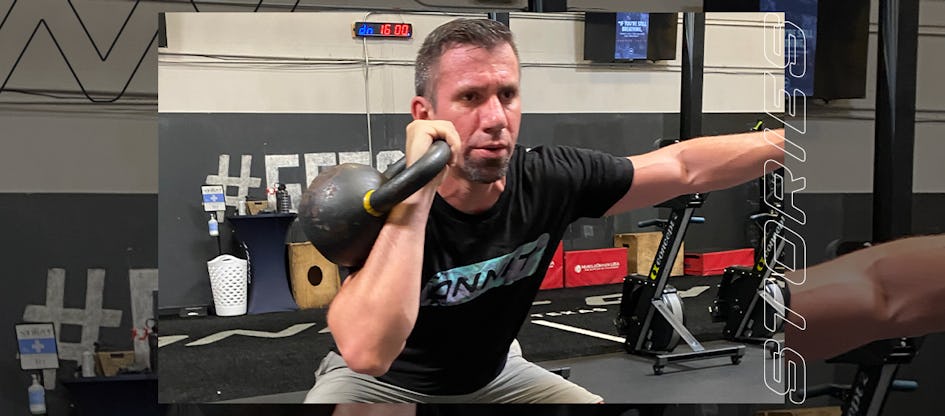
)





